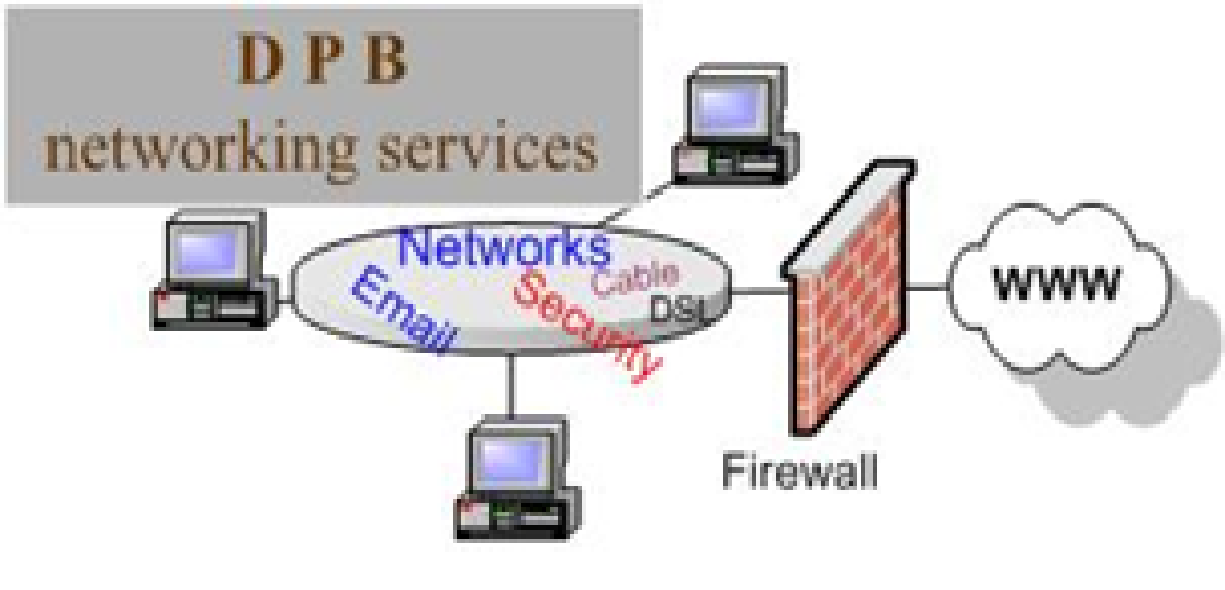Following the tragedy of Hurricane Katrina, the American Bar Association (ABA) strongly recommended disaster preparedness for law practices. In 2011, the ABA Committee on Disaster Response and Preparedness released the Lawyer’s Guide to Disaster Planning to provide guidelines and recommendations for emergency preparation.
For some firms, disasters come with a warning. Law practice managers in the Gulf Coast know that they are at risk for hurricanes. While these ominous storms often come with advanced notice, it’s unlikely that a week is enough to adequately create and implement an effective preparedness plan. For lawyers on the west coast, an earthquake can happen out of nowhere, with no warning at all. This type of risk demands disaster preparation. Your practice needs to recover after a disaster occurs and the key lies in what you do now.
As outlined by the Lawyer’s Guide, a continuity plan contains numerous components, including: a personnel plan, creation of a preparedness kit and records preservation. Let’s take each of these one at a time.
Personnel Plans
It’s hard to think about, but a disaster can cause deaths within your firm. This is a reality that you must consider when planning for an emergency. As much as possible, you should try and ensure that all essential positions are covered. Choose people with adequate experience to take on positions of authority. You may even provide these people with training now, to make the actual transition easier should the need arise. You also need to address administrative needs, including such tasks as payroll. Consider each aspect of your daily law practice and try to address each of them in your plan.
Preparedness Kits
More importantly than any other aspect, you want to promote the safety and survival of your employees. Create a disaster preparedness plan to implement in case an event occurs during working hours. Develop an evacuation plan and make sure that emergency equipment, like fire extinguishers, are in proper working order. Also, ensure that your plan includes accommodations for disabled staff members. Designate a location for all employees to meet after an evacuation and create an emergency survival kit in case evacuation is not possible. Water, non-perishable food and flashlights should all be included in the kit.
Record Preservation
The preservation of vital records is also important during and after a disaster. As defined by the ABA, “Vital records, for continuity planning purposes, are records, systems and equipment that, if lost or damaged, would materially impair an organization’s ability to carry out essential functions or require considerable expense to replace or repair.” The association suggests that you establish a Recovery Point Objective, which essentially establishes an age of records your firm needs going forward, and also considers how quickly the files will be needed following the disaster.
There is no way to accurately predict all disasters. That’s why you need a comprehensive emergency preparedness plan. Don’t let an emergency catch your practice off guard. Make an effort, so you are prepared if and when disaster strikes.
About Erika Winston:
Erika Winston is a freelance writer with a passion for law. Through her business, The Legal Writing Studio, she helps legal professionals deliver effective written messages. Erika is a regular contributor to TimeSolv and a variety of other publications.
















